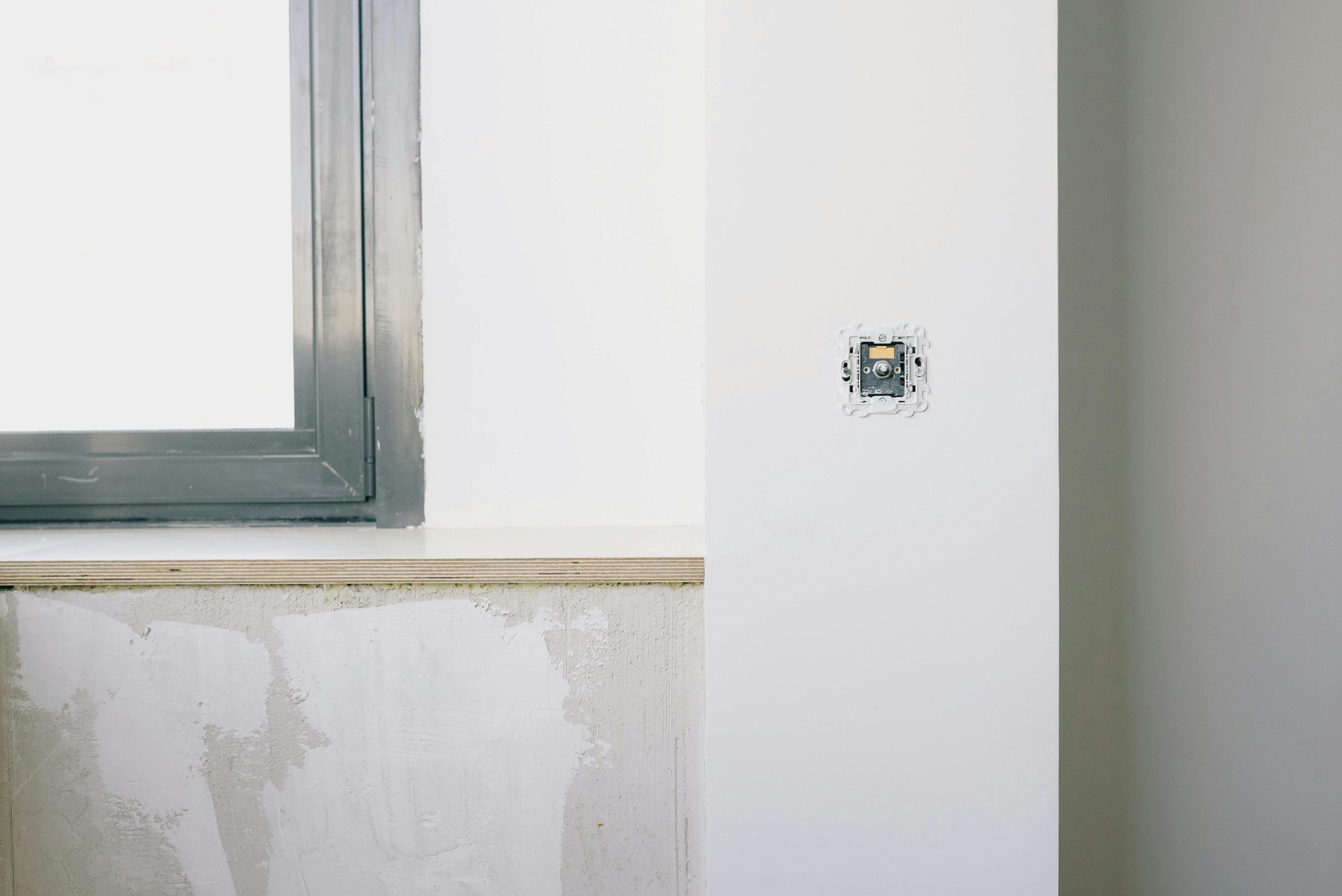Troubleshooting Extensive System Slowdown After Fresh Windows Installation: A Case Study
A recent experience with a clean Windows 10 installation highlights how hardware connectivity issues can significantly impact system performance, even when no obvious software problems are present.
Initial Symptoms and Observations
Following a complete reformat and installation of Windows 10 on a laptop, the user noticed a notable decline in system responsiveness compared to their pre-installation performance. Common tasks, such as launching applications, experienced considerable delays. The Task Manager revealed that disk utilization frequently spiked to 100%, and processes like PowerShell would periodically consume all CPU resources, causing system stutters.
Hardware and Software Environment
The user installed familiar applications that previously functioned normally, including Google Chrome, Whisper Flow AI dictation software, Visual Studio Code, Postman, Telegram, QQPlayer, Node.js, and WinRAR. The configuration involved a disassembled laptop, with an added CD drive during the reassembly process. To verify SSD health, tools like CrystalDiskInfo reported the drive’s health at approximately 33%, which is within acceptable limits.
Troubleshooting Approach
Initial steps involved software-based adjustments: disabling Windows search indexing, monitoring background processes, and observing system behavior. Despite these measures, performance issues persisted. Recognizing that hardware connections could contribute to the problem, the user investigated the SSD cable connection and the newly installed CD drive.
Key Findings and Resolution
Upon disassembling the laptop again, the user reconnected the SSD data cable and temporarily disconnected the CD drive. This adjustment resulted in a significant improvement: the system returned to normal operational speed without excessive disk usage or slow application launches. This suggests a probable cause: a loose or faulty SSD cable or interference arising from the CD drive installation.
Conclusion and Recommendations
This case underscores the importance of verifying hardware connections following device disassembly or modifications. Hardware issues such as loose cables can emulate software or drive health problems, leading to sluggish performance and high disk activity. When troubleshooting system slowdown post-reinstallation, consider inspecting physical connections before replacing hardware components.
Key Takeaways:
- Always check hardware connections after disassembling or reassembling laptops.
- Hardware issues like loose cables can mimic software-related performance problems.
- Use diagnostic tools to assess the health of storage devices, but also verify physical connectivity.
- System performance troubleshooting should include both software adjustments and hardware inspections for comprehensive problem resolution.
By diligently combining software diagnostics with thorough hardware inspection, users can efficiently identify and
Share this content:

